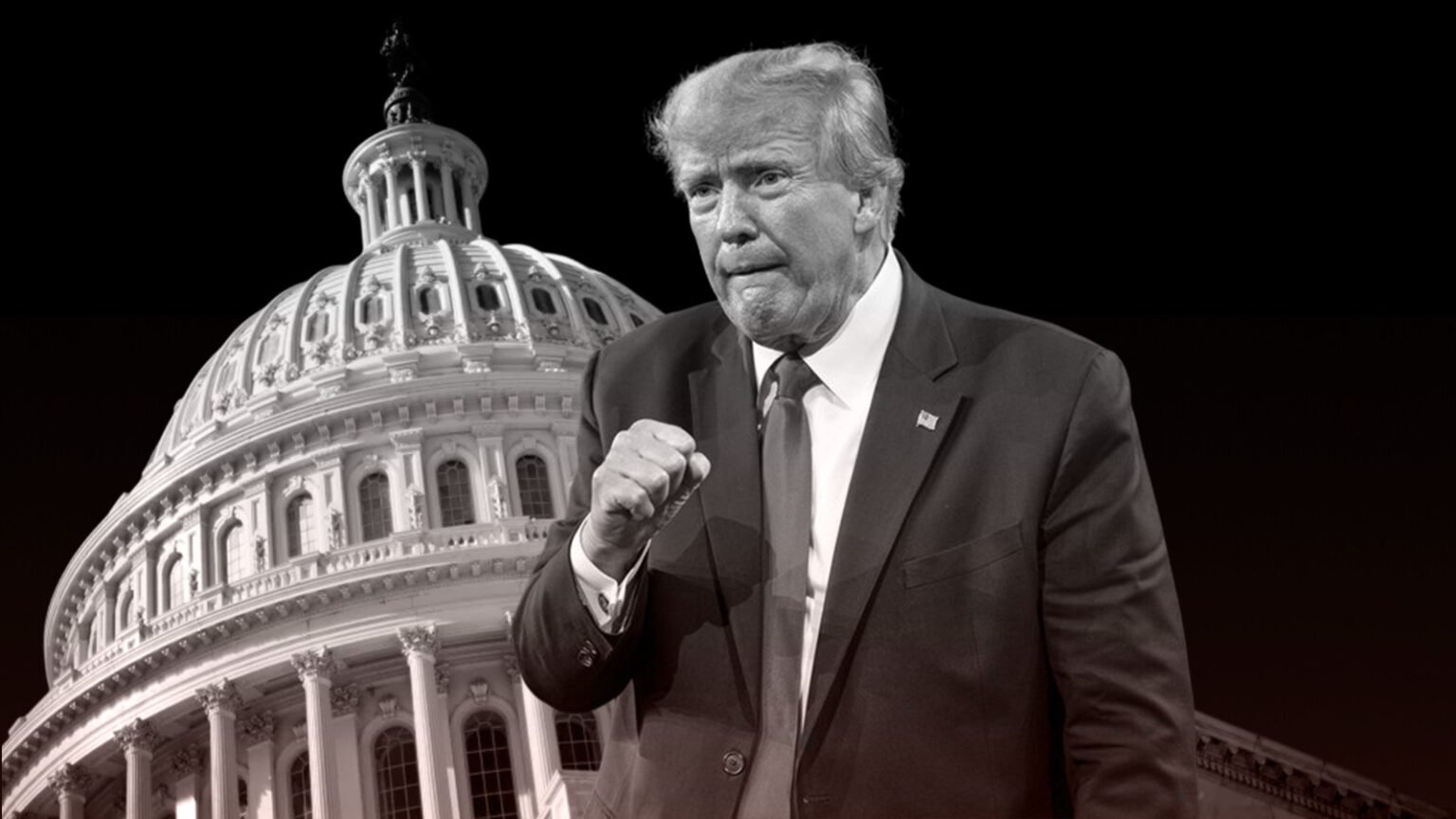In a decisive move to prevent a looming government shutdown, House Republicans have introduced a new spending bill, now with the endorsement of President-elect Donald Trump. This development follows Trump’s rejection of a prior bipartisan agreement, prompting GOP leaders to craft a revised proposal that aligns more closely with his directives.
The streamlined 116-page bill aims to extend government funding until March 14 and includes a provision to suspend the debt ceiling until January 2027. This approach seeks to avert immediate fiscal crises and provide a window for more comprehensive budget negotiations in the future.
House Speaker Mike Johnson has been instrumental in navigating this legislative effort, balancing the demands of conservative members with the necessity of securing broader support. The bill’s introduction comes amid internal party debates and external pressures from influential figures like Elon Musk, who, alongside Trump, has urged Republicans to adopt a more assertive stance on fiscal matters.
Despite the internal consensus among House Republicans, the bill faces significant hurdles. Democratic leaders have expressed opposition, criticizing the proposal for lacking bipartisan input and for provisions they deem unfavorable. The bill requires swift passage in both the House and the Democrat-controlled Senate, followed by President Biden’s signature, all before the impending deadline to prevent a partial government shutdown.
The urgency of the situation is underscored by the potential consequences of a government shutdown, which would disrupt federal operations and services nationwide. As the deadline approaches, the political dynamics in Washington remain tense, with both parties preparing for intense negotiations. The outcome of this legislative effort will not only determine the immediate fiscal direction of the federal government but also set the tone for future interactions between the incoming Trump administration and Congress.
In summary, the House Republicans’ new spending bill, backed by President-elect Trump, represents a strategic effort to avert a government shutdown. However, its success depends on overcoming partisan divisions and achieving consensus across the legislative and executive branches in a highly polarized political environment.
